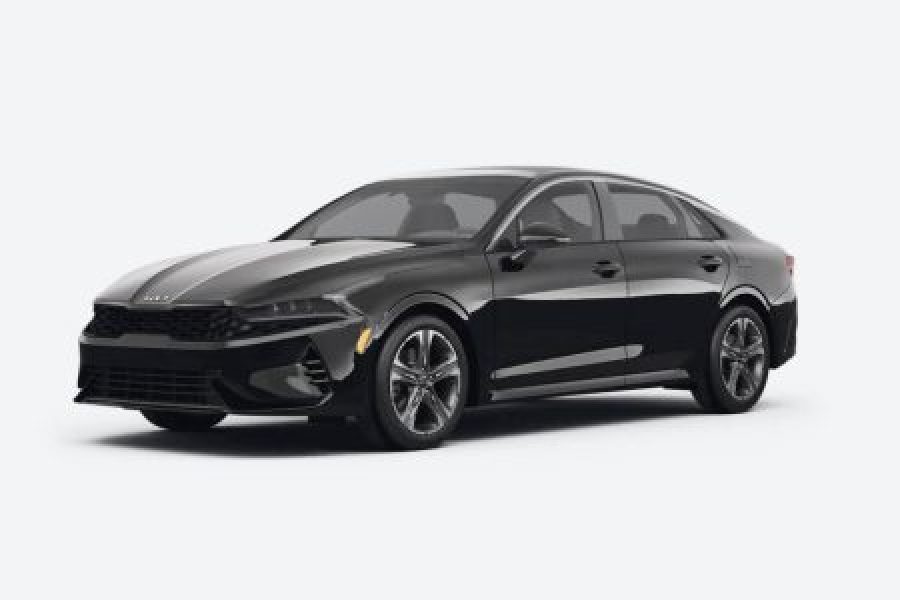



The company continued to work at its regular pace. In 1972, the P250 Urraco, the 400 GT Jarama, the 400 GT Espada and the P400 Miura SV were in full production. That year, in an attempt to improve sales that were frankly quite disappointing until then, the Jarama hand a 365-hp engine and was dubbed the Jarama S.
In 1972, the Urraco, which had experienced several initial slowdowns, was finally put into production. Almost inevitably, the S version also arrived in October of that year. In this case, the goal was not to enhance the car’s performance but to improve its overall quality, which had been neglected in the haste to start production.
The following year, while waiting for the Countach prototype to be developed to a stage that would enable its production, the Espada was further modified and perfected, and the new series was presented in October 1972. New wheels as well as perfected detailing of the entire body, the dashboard, the central instrument panel and various components characterised this well-made Series III. This last series essentially represented the decisive peak in the evolution of this outstanding four-seater, which is still in great demand among Lamborghini fans around the world. Its production would reach the respectable figure of 1226 units, quite a large number for a carmaker of this size selling at top-level list prices.
5.0 "I precisely had to thank you so much yet again. I do not know the things I might have implemented in the absence of the actual creative ideas shared by you on such a area of interest. It absolutely was an absolute frightful crisis in my opinion, but finding out your professional approach you solved it took me to leap with delight. I am happy for this guidance as well as wish you comprehend what an amazing job you were undertaking teaching many others through a blog. I know that you’ve never encountered all of us. http://www.sztum.info.pl/forum/profile.php?mode=viewprofile&u=96991"